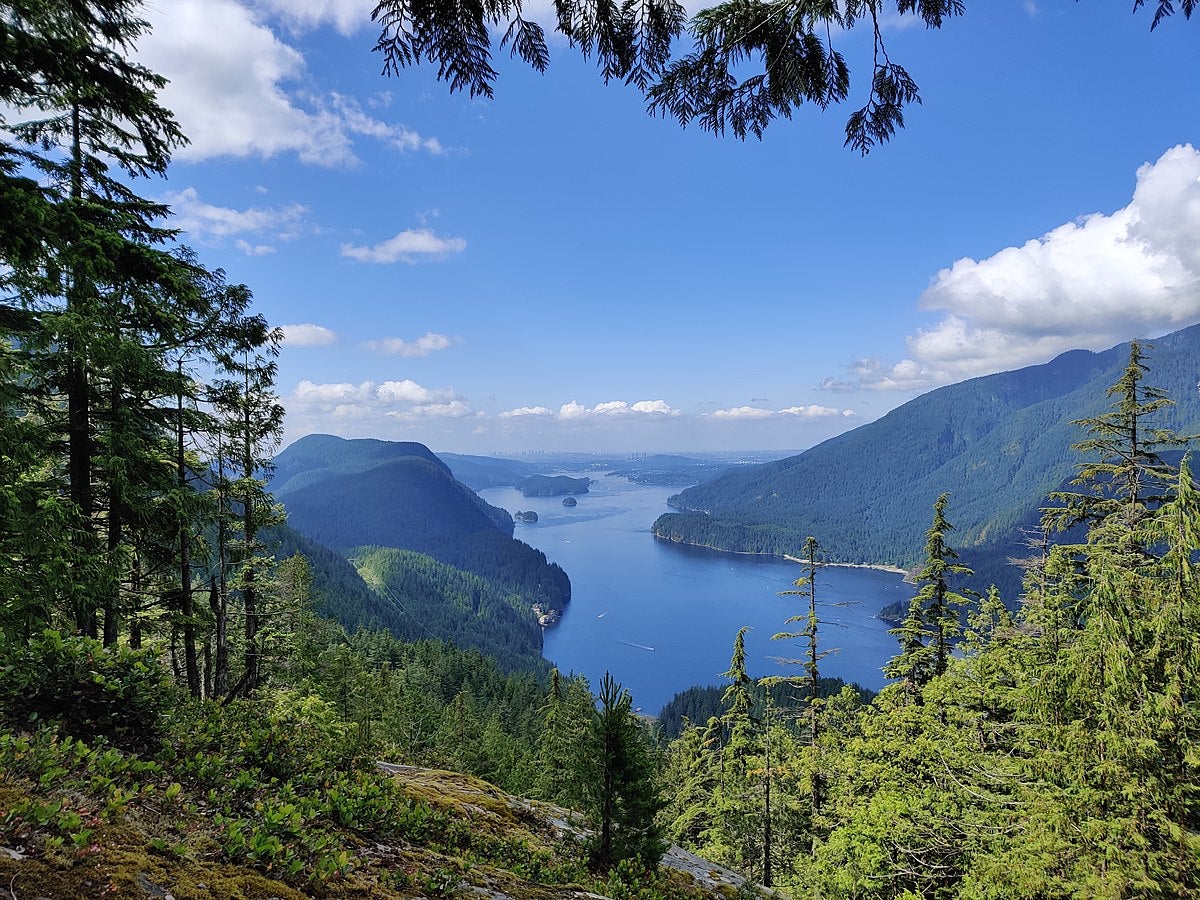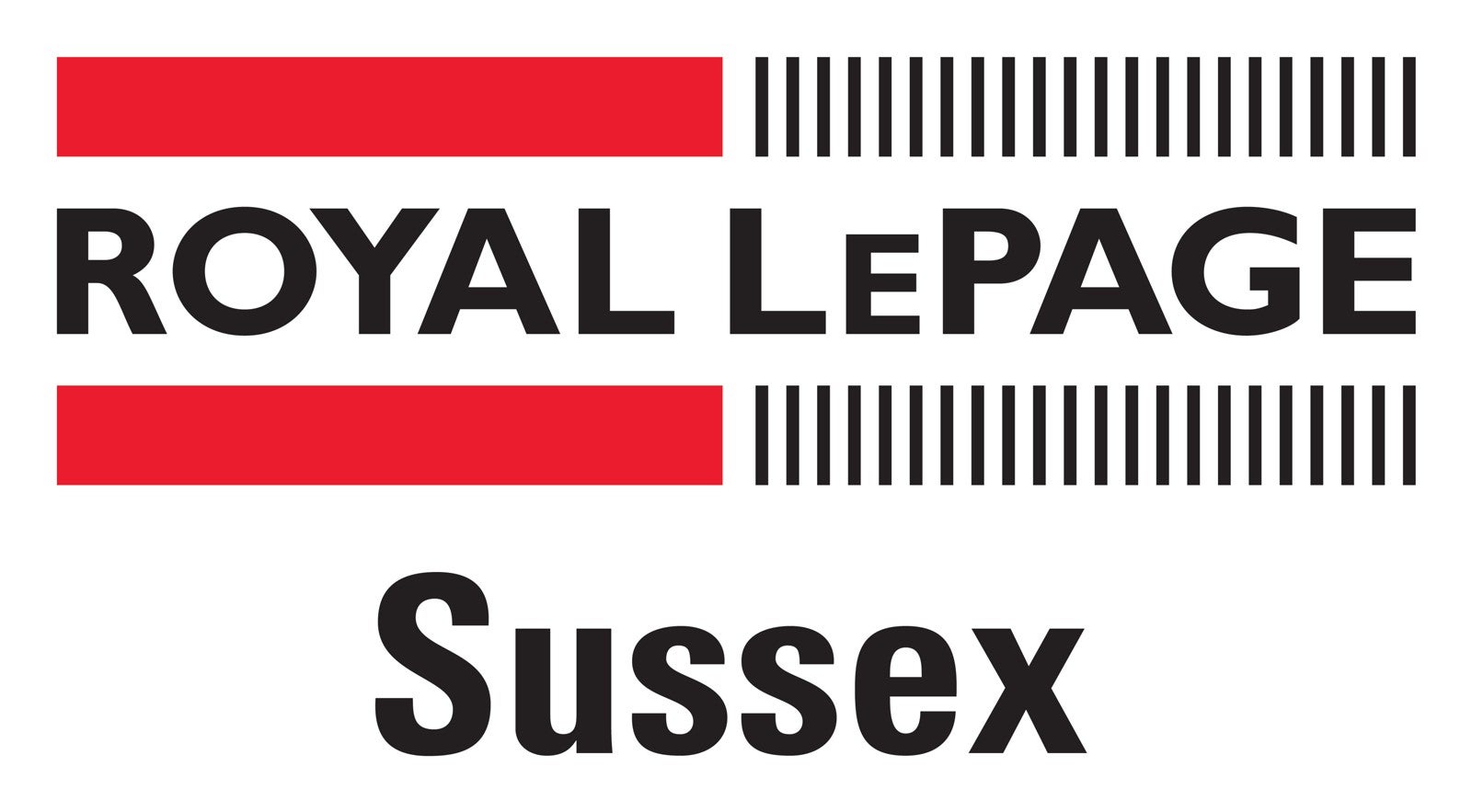The North Shore, located directly north of downtown Vancouver across Burrard Inlet, was originally inhabited by Aboriginal peoples: the Squamish First Nation, the Tseil-Waututh First Nation, and the Musqueam First Nation. For centuries, they hunted, fished, traded, and created striking totem poles and bentwood boxes in their traditional village sites. All three nations were included among the Four Host First Nations for the 2010 Olympic and Paralympic Winter Games.
European Arrival
Captain George Vancouver became the first European to enter Burrard Inlet on June 13, 1792, travelling with his crew aboard small boats from HMS Discovery. As more European settlers flooded into the region with the mid-19th Century Fraser River Gold Rush, logging operations began on the North Shore in the 1860s.
Building a Community
Pioneer Mills (later the Moodyville Sawmill Company) was set up in 1863, delivering lumber to local buyers. In the decades that followed, a post office and church were built, and electrical service and ferry service were instituted. The first incarnation of the famous Capilano Suspension Bridge was constructed in 1889.
North & West Vancouver
In the 1880s, summer cottages were constructed in what would become known as West Vancouver. Neighbouring North Vancouver was incorporated as a district in 1891, encompassing the whole North Shore from Horseshoe Bay to Deep Cove. Over time, however, new boundaries would be drawn.
North Shore Communities
A year after street car service began, the city of North Vancouver was created in 1907 on the lower hillside and waterfront. West Vancouver, which had ferry service to Vancouver starting in 1909, was incorporated separately in 1912. The North Shore continued to grow, buoyed by suburban communities like Capilano, Deep Cove, Lynn Valley, and Northlands, among others.
Bridges to the North Shore
The North Shore's ties to the urban metropolis of Vancouver were solidified with the construction of two major bridges. The Second Narrows Bridge (1925) connected East Vancouver to the North Shore, and the Lions Gate Bridge (1938), resembling San Francisco's Golden Gate Bridge, offered access from downtown through Stanley Park.
The North Shore in the 20th Century
North Vancouver had its ups and downs in the 20th century. The district went bankrupt in 1932 during the Great Depression, and had to be operated by the provincial government until 1951.
West Vancouver fared somewhat better, as it developed into a highbrow residential area. The British Properties on Hollyburn Mountain were a classic example, and were developed from 1931 onward. Industry was purposely limited in West Vancouver, although a fish cannery ran until 1967.
Building Projects
While the construction of Park Royal Shopping Centre (1950) and the Cleveland Dam (1954) signaled improvements, disaster struck in 1958 when the partially finished replacement for the Second Narrows Bridge collapsed. Eighteen workers died and 20 more were injured. The bridge finally opened in 1960, and was renamed the Ironworkers Memorial Second Narrows Crossing in 1994.
Ski Resorts
This area came into its own with the construction of the Upper Levels Highway (part of the Trans-Canada Highway) in the 1960's. Grouse Mountain, Cypress Mountain, and Mount Seymour exploded as popular destinations for skiing and mountain biking in the 1970s and 1980s.
2010 Excitement
An active living and tourism mecca, Vancouver's North Shore has seen plenty of glitz and glamour in recent years. Cypress Mountain was an official venue for the 2010 Olympics (freestyle skiing and snowboarding). Each August, West Vancouver's Hollyburn Tennis Club hosts the Vancouver Open tennis tournament, which has featured stars like Maria Sharapova and Andy Murray.
Movies & TV Series
Both in huge local movie studios and at outdoor locations, many Hollywood movies and TV series have been filmed here: The 6th Day (Arnold Schwarzenegger), The X-Files (David Duchovny), and Smallville (Jessica Alba) are some notable ones.
Local Museums
To learn more about the culture and history of Vancouver's North Shore, visit the North Vancouver Museum and Archives. Featuring colourful dioramas and artifacts (like replicas of the stone lions at the Lions Gate Bridge), the museum offers exhibits on topics like First Nations culture, the early logging industry, and North Shore landmarks that no longer exist.
The West Vancouver Museum holds art exhibitions that reflect local culture and showcase important BC artists like Emily Carr and BC Binning.
European Arrival
Captain George Vancouver became the first European to enter Burrard Inlet on June 13, 1792, travelling with his crew aboard small boats from HMS Discovery. As more European settlers flooded into the region with the mid-19th Century Fraser River Gold Rush, logging operations began on the North Shore in the 1860s.
Building a Community
Pioneer Mills (later the Moodyville Sawmill Company) was set up in 1863, delivering lumber to local buyers. In the decades that followed, a post office and church were built, and electrical service and ferry service were instituted. The first incarnation of the famous Capilano Suspension Bridge was constructed in 1889.
North & West Vancouver
In the 1880s, summer cottages were constructed in what would become known as West Vancouver. Neighbouring North Vancouver was incorporated as a district in 1891, encompassing the whole North Shore from Horseshoe Bay to Deep Cove. Over time, however, new boundaries would be drawn.
North Shore Communities
A year after street car service began, the city of North Vancouver was created in 1907 on the lower hillside and waterfront. West Vancouver, which had ferry service to Vancouver starting in 1909, was incorporated separately in 1912. The North Shore continued to grow, buoyed by suburban communities like Capilano, Deep Cove, Lynn Valley, and Northlands, among others.
Bridges to the North Shore
The North Shore's ties to the urban metropolis of Vancouver were solidified with the construction of two major bridges. The Second Narrows Bridge (1925) connected East Vancouver to the North Shore, and the Lions Gate Bridge (1938), resembling San Francisco's Golden Gate Bridge, offered access from downtown through Stanley Park.
The North Shore in the 20th Century
North Vancouver had its ups and downs in the 20th century. The district went bankrupt in 1932 during the Great Depression, and had to be operated by the provincial government until 1951.
West Vancouver fared somewhat better, as it developed into a highbrow residential area. The British Properties on Hollyburn Mountain were a classic example, and were developed from 1931 onward. Industry was purposely limited in West Vancouver, although a fish cannery ran until 1967.
Building Projects
While the construction of Park Royal Shopping Centre (1950) and the Cleveland Dam (1954) signaled improvements, disaster struck in 1958 when the partially finished replacement for the Second Narrows Bridge collapsed. Eighteen workers died and 20 more were injured. The bridge finally opened in 1960, and was renamed the Ironworkers Memorial Second Narrows Crossing in 1994.
Ski Resorts
This area came into its own with the construction of the Upper Levels Highway (part of the Trans-Canada Highway) in the 1960's. Grouse Mountain, Cypress Mountain, and Mount Seymour exploded as popular destinations for skiing and mountain biking in the 1970s and 1980s.
2010 Excitement
An active living and tourism mecca, Vancouver's North Shore has seen plenty of glitz and glamour in recent years. Cypress Mountain was an official venue for the 2010 Olympics (freestyle skiing and snowboarding). Each August, West Vancouver's Hollyburn Tennis Club hosts the Vancouver Open tennis tournament, which has featured stars like Maria Sharapova and Andy Murray.
Movies & TV Series
Both in huge local movie studios and at outdoor locations, many Hollywood movies and TV series have been filmed here: The 6th Day (Arnold Schwarzenegger), The X-Files (David Duchovny), and Smallville (Jessica Alba) are some notable ones.
Local Museums
To learn more about the culture and history of Vancouver's North Shore, visit the North Vancouver Museum and Archives. Featuring colourful dioramas and artifacts (like replicas of the stone lions at the Lions Gate Bridge), the museum offers exhibits on topics like First Nations culture, the early logging industry, and North Shore landmarks that no longer exist.
The West Vancouver Museum holds art exhibitions that reflect local culture and showcase important BC artists like Emily Carr and BC Binning.
Information provided by www.hellobc.com





